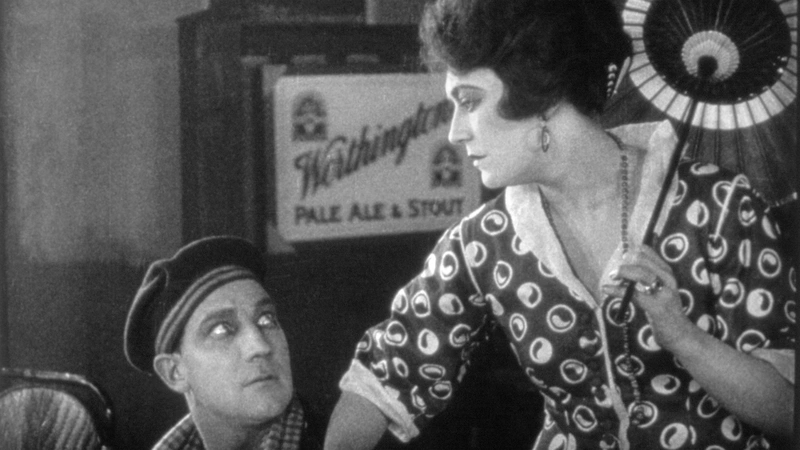
Fievre (1921) by Louis Delluc
Thursday, November 19, 1987, 8:00 pm
Breaking the Rules: Macpherson’s Borderline & Delluc’s Fievre
Many filmmakers broke with standard dramatic film techniques during the 1920s (Clair, Buñuel, Epstein, Renoir, etc.), pushing purely cinematic expression to the foreground over linear story-telling and conventional acting. Kenneth Macpherson’s Borderline (1929-30, Switzerland) was remarkable for many reasons: the delicacy of its imagery and complex metaphoric editing were defiant gestures in the bland early years of the sound film; it treated racial prejudice in an open and compassionate manner; Macpherson assembled a strange but fascinating cast — the young Paul Robeson (in his second film role), the poet Hilda Doolittle (H.D.), and Gavin Arthur, the San Francisco astrologer and underground celebrity. Louis Delluc’s Fievre was made several years earlier (1921), and was one of the central forces in the French impressionist cinema. Fievre creates an atmosphere of psychological tension in a seamy old waterfront cafe which is frequented by sailors and their prostitutes. Delluc, like Macpherson, was originally a theorist, and his interest in rhythm is daringly expressed in the varying cadences through which the simple story unfolds.